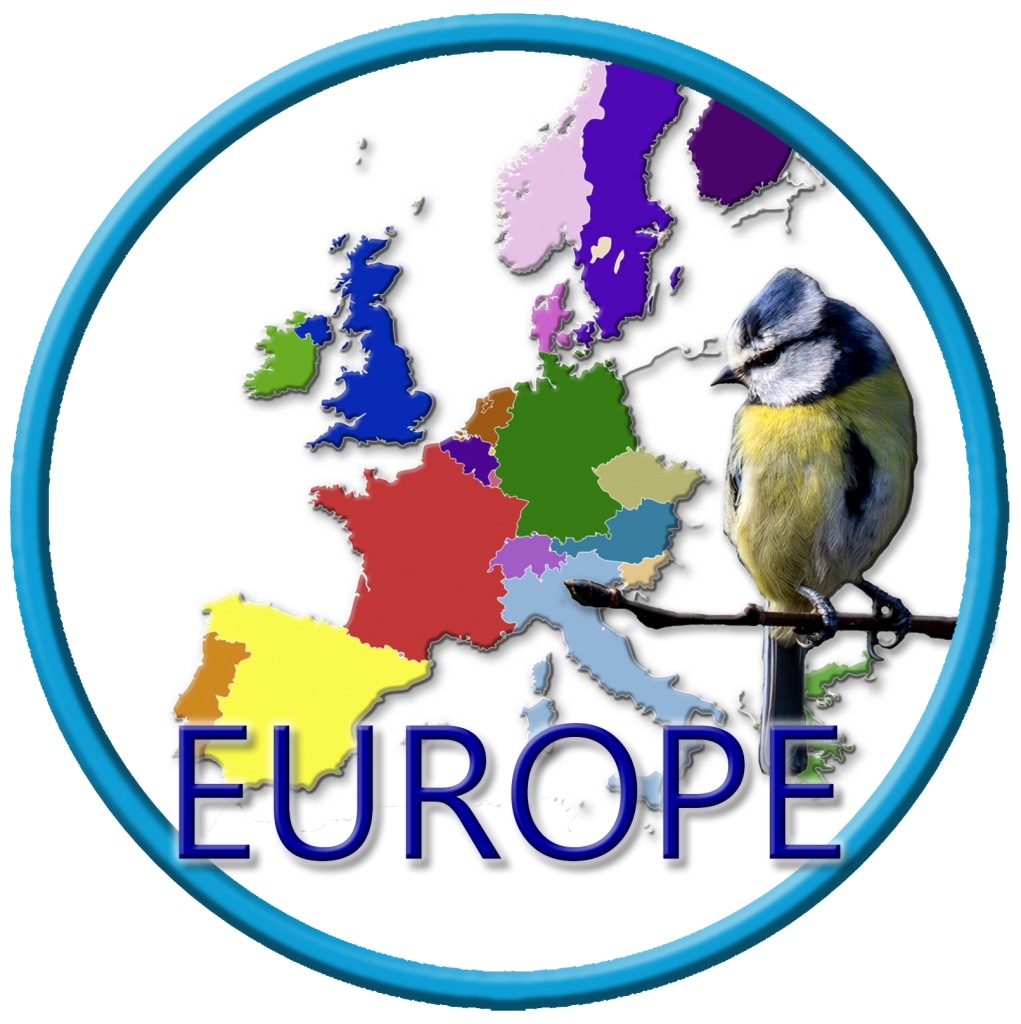
Western Europe Birds & Birding (#51/52): From the Highland Willow Scrub of Scotland to the Aegean Islands in the Sea of Crete, Western Europe is home to over 800 resident, migratory and vagrant birds. From songbirds to gamebirds and from waterfowl to raptors, you can find birds virtually in every nook and cranny of this beautiful area. *All images showcased in this blog series were taken and edited by me.
A Reflections of the Natural World Blog Post Series by Jim Gain
The European Goldfinch (Carduelis carduelis) is a small, colorful bird with a bright red face, black and white head, and black-and-yellow wings.

Physical Characteristics:
Both males and females exhibit striking features. They sport a red face, adorned with black and white head markings. Their warm brown upper parts contrast beautifully with the white underparts, which have buff flanks and breast patches. The wings are a captivating blend of black and yellow. Males often flaunt a larger, darker red mask that extends just behind the eye. The ivory-colored bill is long and pointed, and their tail is forked. During breeding season, goldfinches showcase a white bill, with a greyish or blackish mark at the tip.

Diet:
European goldfinches are primarily herbivores (granivores). Their preferred food includes small seeds from plants such as thistles, cornflowers, and teasels. Additionally, they consume buds, flowers, and fruits. When feeding their young, they even incorporate insects into their diet.

Abundance and Distribution:
In Europe, the breeding population consists of 27.8-42.7 million pairs, which translates to 55.7-85.5 million mature individuals. These charming birds inhabit open, partially wooded lowlands, forest edges, thickets, heaths, streams, riverine and marshy areas with bushes and trees, grasslands with scattered trees, scrub, orchards, gardens, and parks. While they are resident in the milder western regions of their range, they migrate from colder areas. They also make local movements to escape inclement weather.

IUCN Red List Status:
Currently, European Goldfinches are classified as Least Concern (LC) on the IUCN Red List. However, it’s essential to note that their numbers are decreasing.
For more information, you can explore the IUCN Red List and learn about the conservation status of various species.

EUROPEAN GOLDFINCH WAS LIFER #798
